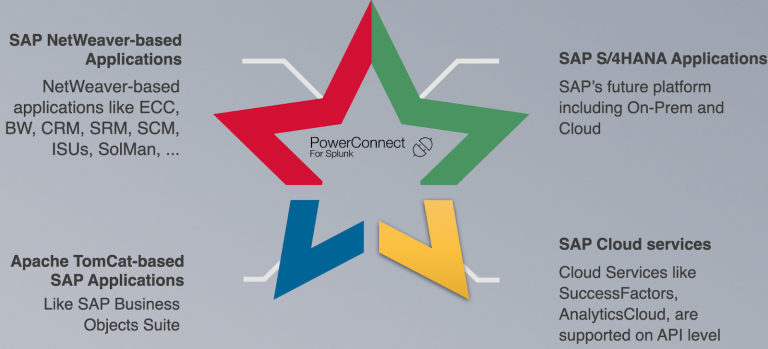
How to Get the Best Out of SAP
Author: Grace Dolby
Release Date: 25/05/2022
In the modern world our technology landscape spans the most legacy systems which are decades old, to services that have been spun up overnight. Of course, every time we create a new system or attempt to migrate a service, we do not want to disrupt the business or create any down-time.
So instead of boiling the ocean, we take a more granular approach, by prioritising hundreds to thousands of changes into the initiatives that align with our business objectives and drive the most value.
Many of these systems are not generating any wide-spread failure as part of this activity, but there are many small customer experiences that are breaking down every day - things like making sure our most loyal customers can use our services at any second.
Across most organisations, using SAP is a daily occurrence, with SAP integrations across all business apps, and external connectors to business processes. For example, on a typical eCommerce site, an order is created by the customer and SAP turns that into an actionable item for the logistics department with a sales order to deliver. Gartner estimates that the typical enterprise loses $334,000 for every hour of downtime in lost revenue - imagine if your SAP systems were down for a day, or longer?
So, how do organisations ensure their most integral platform is running as expected and as efficiently as possible? Manual daily checks, in fact this SAP post outlines a typical SAP engineers daily check process, and as you can see, it would take several hours to complete. With no automated alerts or actions, it can be extremely difficult to be aware of any issues in your SAP systems. When an issue is found, investigation can then be painful and time intensive reviewing system logs manually, and lack of integration with external data sources means it is difficult to correlate. The lack of business analysis also makes it difficult to calculate the impact to the business of any downtime or an issue with a system, and it is a struggle to extract SAP data to analyse elsewhere.
By leveraging the Power Connect add-on you can now ingest Transactions, Tables, Function Modules, IDocs and DBMS data and correlate it in Splunk with your external systems and services. This data is sent to Splunk using the HTTP Event Collector, and even has built-in disaster recovery with SAP holding data until it’s confirmed to be received by Splunk, just in case you are ever upgrading or completing maintenance on your Splunk systems. Our SAP and Splunk Integration covers most of your typical SAP software modules, with custom integrations possible if required:

Once your data from your SAP systems is integrated into Splunk, you can make quick decisions using the out of the box reports over Security, Performance and Business Processes. Leverage system logs and authentication data to provide security insights such as geographic system usage, and any anomalies in message frequency, which could be signs of a security incident.
Ensure your SAP systems are suitably sized for your end users and requirements by being able to track historic and future JVM load and memory and correlate this with response times by users, transaction codes or more. And of course, for your critical business processes that are underpinned by your SAP platform, you can have out of the box status reports and even check for missing information such as a Sales Order without a Purchase Order attached by being able to correlate IDoc messages. Custom reports, dashboards and alerts can be easily made using the world class search functionality of Splunk and can answer any question you may have about your SAP systems.







